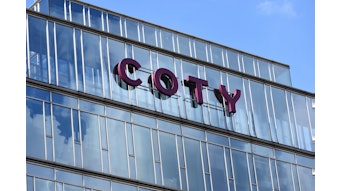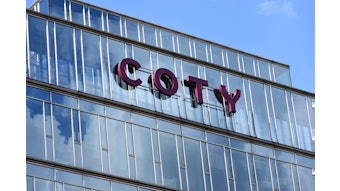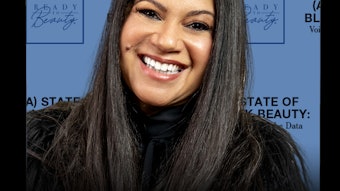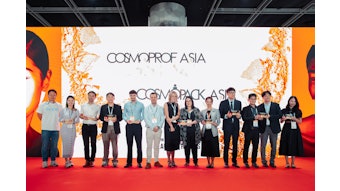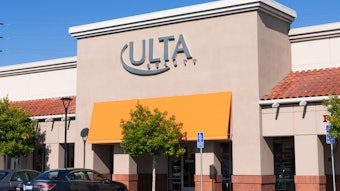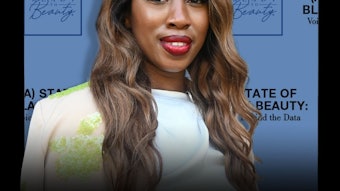
The 2025 SeeMe Inclusivity Index for Beauty has unveiled its comprehensive rankings of over 100 U.S. beauty brands, highlighting the industry's strides and shortcomings in embracing inclusivity. The Index, the most extensive of its kind, evaluates how brands cater to six key identity dimensions: gender expression, skin tone, age, body size, visible disability, and sexual orientation. The findings underscore the growing importance of inclusivity in building consumer trust, loyalty, and business success.
"At a time when DEI faces increasing hostility and backlash, brand inclusivity is more important than ever," says Asha Shivaji, CEO and co-founder of the SeeMe Index. "Brands have the power to be a safe harbor for consumers, reflecting values they may not find elsewhere. Tools like ours help ground the conversation in data instead of rhetoric."
Who’s Leading the Way?
Fifteen brands earned the coveted "Certified Inclusive" distinction for their exceptional commitment to inclusivity across products, advertising, and brand purpose. The leaders for 2025 include:
- e.l.f. Beauty
- Dove
- Maybelline New York
- Rare Beauty
- PATTERN Beauty by Tracee Ellis Ross
- MAC Cosmetics
- EADEM
- L’Oréal Paris
- Haus Labs by Lady Gaga
- Topicals
- Glow Recipe
- Carol’s Daughter
- One/Size by Patrick Starr
- Tarte Cosmetics
- Amika
What’s Driving the Shift?
The SeeMe Index reveals that inclusivity is not just a moral imperative, but a business driver. For the second year in a row, "Certified Inclusive" brands outpaced less inclusive competitors, growing three percentage points faster. Consumer expectations are a key factor—research shows 45% of Gen Z and 50% of millennials are willing to stop using beauty brands that fail to prioritize inclusivity or social responsibility.
Why It Matters
"Inclusivity is good for business. Period," says Shivaji. "With the demand for representation growing, brands that demonstrate holistic inclusivity are reaping the rewards, from stronger loyalty to higher sales. The UN Women’s Unstereotype Alliance echoes this with findings that inclusive advertising yields 16% higher sales. The data is clear: brands must lean into inclusivity to remain competitive."
Key Findings
The 2025 report highlights notable progress and areas for improvement:
Hits:
- Representation of larger bodies in ads rose from 2.9% (2023) to 3.8%.
- Age inclusion is improving, with people aged 55+ now receiving 2.0% of ad screen time, up from 0.8%.
- Disability-focused product design doubled, increasing from 11% to 22%.
- Intersectionality efforts are growing, with 73% of brands factoring multiple identity dimensions into their marketing strategies.
Misses:
- Colorism persists, as screen time for deeper skin tones declines.
- Gender non-conforming representation remains stagnant at 1.5%.
- The use of ageist "anti-aging" language increased, now adopted by 49% of brands (up from 40%).
- Fewer brands are offering purpose-driven calls-to-action for consumers, dropping from 77% to 56%.
The Path Forward
“The 2025 SeeMe Inclusivity Index for Beauty marks a critical moment for the industry," says Jason R. Klein, co-founder and COO of SeeMe Index. "As consumer demand for transparency and accountability grows, brands must prioritize inclusivity or risk being left behind in a competitive market."
